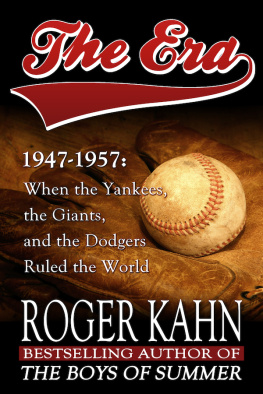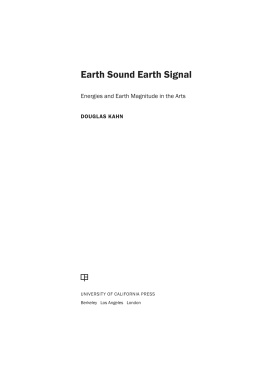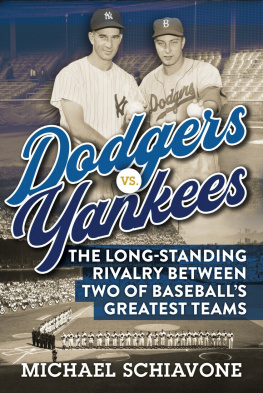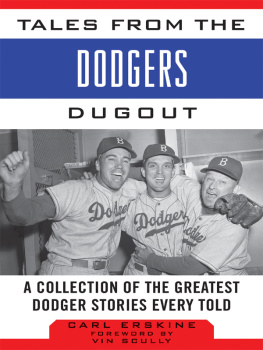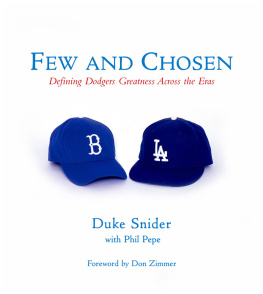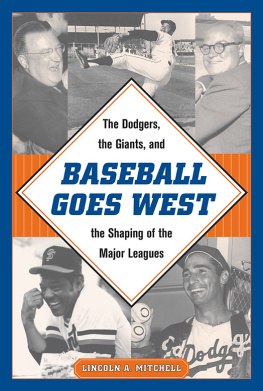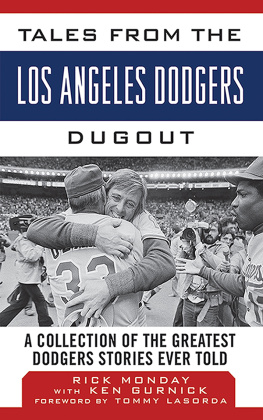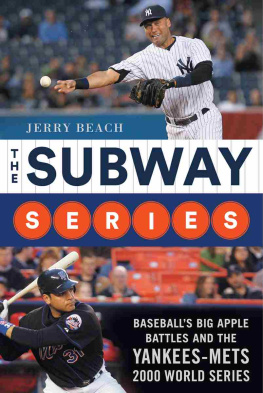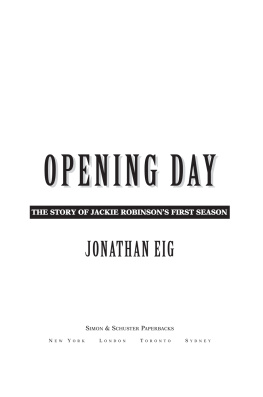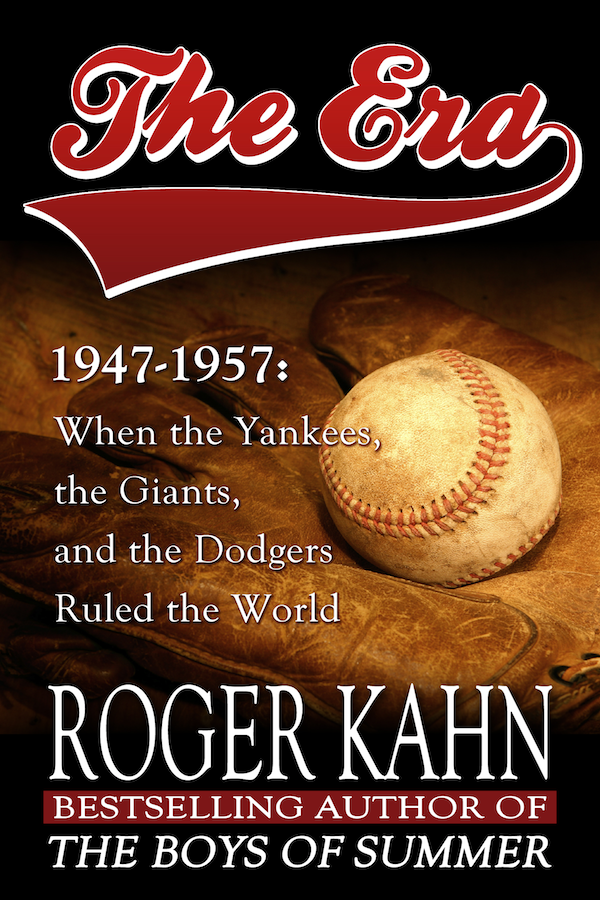A Division of Diversion Publishing Corp.
Copyright 2012 by Hook Slide, Inc.
All rights reserved, including the right to reproduce this book or portions thereof in any form whatsoever.
For more information, email info@diversionbooks.com.
First Diversion Books edition October 2012.
Prologue
HISTORY, LIKE WAR AND LOVE , is seldom neat, and I want to set down right here that The Era is not a story about ten years. Not a nice round number. The Era covers eleven seasons. These were, I believe, equally the most important and the most exciting years in the history of sport. But the time span remains eleven seasons, rather than ten. That small accuracy invalidates such phrases as Baseballs Golden Decade, an effect that is not entirely unfortunate.
The Era centers on the three great baseball teams that played in New York City from 1947 through 1957, when New York was the capital of the world. I dont mean that in the conventional, jargonistic way: media capital, financial capital, whatever. New York was those things, but more than that New York was where everyone wanted to come to write or compose or dance or toot the oboe or make a fortune or find a lover or play baseball. The city was affordable and, barring nuclear war, safe for human habitation. It wasnt a local stop, New York, New York. It was the closest we have seen to a cosmic town. New York, USA; New York, Solar System; New York, Milky Way; New York, Universe. Well, come on in.
Following publication of The Boys of Summer, which centers on the years 1952 and 1953 in the borough of Brooklyn, journalists and academics jumped into the Era with a vengeance. The subsequent orgy produced at least twenty-eight books that touch aspects of the Era. Unfortunately, as spruce forests fell in the service of literature, errata mounted. On the most basic level I find myself like the person who has been on the scene of an incident of some kind that makes the newspapers. Perhaps you have been in that situation yourself. Reading the paper the next day, you shake your head and say, That isnt quite right. The paper has it wrong. Thats not the way it was. Worst of all, they misspelled cousin Sulindas middle name. I am a graduate of the Era and susceptible to the wrongly-spelled-middle-name syndrome.
Each specific error may appear minor, but each is disquieting. If you set down small details incorrectly, the picture at large appears false, or at least unbelievable. Such is the stuff of the writing seminars that occupy so many summer days on so many summer hills, so far from big-town ballparks. Put more succinctly, if you cant get the third basemans name right, if you lose track of the count, what else have you gotten wrong?
One purpose here is to set down the Era as it was. For that, for accuracy, an author can offer up nine parts research and one intense muttered prayer.
To seek accuracy is not to surrender ones prejudices. Accordingly, this work reflects some.
I think the Jackie Robinson experience is enormous, both in intensity and in significance, and it earns a great deal of space. The Stengel phenomenon of 1949 entering the Bronx as a comedian and exiting as a field marshal is another kind of triumph. Larry MacPhails public nervous breakdown in 1947 was a memorable disaster, and Leo Durochers 47 collision with the commissioner of baseball and the Roman Catholic Church is bruising and extraordinary.
Joe DiMaggio encountering old baseball age and Willie Mays joining us from Olympus are irresistible sagas. Accordingly, I have more to say in these pages about the years from 1947 to 1951, when these things happened, than I do about the seasons from 1952 to 1957.
Do not expect silence about Don Larsens perfect game, or his court date that followed. I knew Walter OMalley for more than fifty years and I dont look at his uprooting the Dodgers to California with bland acceptance. But in sum, I give the most acreage to those who were Founding Fathers to the Era.
It is regularly written that Jackie Robinson, the first black major leaguer of this century, was a boon to attendance at Ebbets Field. In 1946, the all-white Brooklyn Dodgers drew 1,796,824 at home. With Jackie Robinson in 1947, the integrated Dodgers drew 1,807,526. The difference, about 11,000 spectators, works out to 150 fans a game. That is not a significant number. Good, winning baseball, not integration, put good Brooklyn bottoms onto the green-slatted seats at Ebbets Field. Robinson was a winning ballplayer, a great winning ballplayer, but the impact of his hue on local gate receipts has been wildly exaggerated.
Integration did have a most powerful effect in focusing attention on baseball and, more important, on racism. Would Robinson make it? Who was the Giants new kid Mays and did he really call his manager Mistuh Leo? Would the Yankees ever allow a black to wear the hallowed pinstripes? How dare the Giants field an all-black outfield? These questions led to challenging talk. I dont think baseball talk ever again has been quite so passionate, quite so unselfconsciously sociological.
But here is a curious thing. From the start of the Era to the end, attendance declined sharply at all three New York ballparks. In 1947, about 5.5 million tickets were sold for New York baseball. In 1957, the total was 3.2 million. If the talk was as rich as I say, the baseball so compelling, the interest so fervid, where on earth were all the people?
Some were packing for a move to the suburbs. Others, most of the others, were watching television. In a practical sense, television was born during the Era. As people from Brooklyn to Baghdad are forever discovering, television changes the world.
We stood on a Brooklyn street, Washington Avenue, birthplace of Aaron Copland, one warm June night in 1947. The Boston Braves had just swapped pitchers with the Giants, Mort Cooper for Bill Voiselle, plus cash. We massed outside Roys Radio Store, staring at a large wooden box, within which glowed a small, round, grayish, snowy screen. Joe Hatten was pitching to Willard Marshall ten blocks away. That was the ballgame. Roys snowy screen baseball live on television was magic.
Two of the various men who owned significant parts of New York ballclubs during most of the Era can fairly be described as (1) a drunk and (2) a dilettante. But another, Branch Rickey in Brooklyn, may have been a genius, and his successor, Walter OMalley, was a daring, dazzling businessman. Still, none of these people, from the drunk to the dazzler, knew how to cope with television. (At the end of his life, disappointed with the look of televised baseball, Rickey was seriously suggesting that engineers get to work developing a pyramidal screen.)
The owners first regarded television simply as a new revenue source and grabbed. Business 101. Greed without foresight. By 1950 or so, every home game played by every New York ballclub was televised, without fee to the viewer. Cable television was not yet practicable. The first thing that changed was the skyline of New York. Scrawny forests of antennas sprang up on rooftops from Canarsie by the sea to Woodlawn Cemetery in the trackless north Bronx. Beneath these iron branches, patterns were redone.

